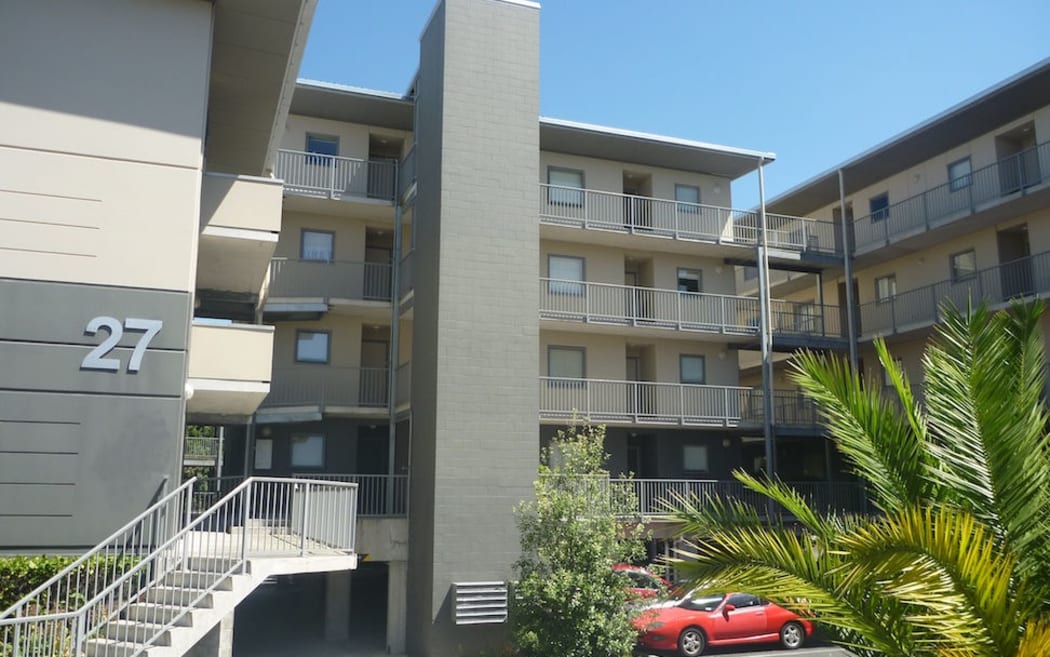The government is promising to overhaul controversial liability rules that often leave councils carrying the can for faulty building work.

The Home Owners and Buyers Association is helping the owners of St Lukes Garden Apartments in Mt Albert Auckland to sue Auckland Council due to structural and leaky building issues in the building. Photo: SUPPLIED
"I have asked my officials to explore options for rebalancing risk and liability in the building process so that parties take appropriate responsibility for their work," the Building Minister Jenny Salesa said.
But she stopped short of targeting the current framework called joint-and-several liability.
The Property Council has called that system a ticking timebomb that is hampering construction.
"The fact that councils are left carrying the liability is just hopeless, absolutely hopeless," its chief executive Connal Townsend said.
However, she acknowledged the legal challenges the government faced.
"We're also not naive - we do know that in terms of New Zealand's legal practice, to actually carve out the building and construction world from all the rest of commercial processes would be extremely difficult," Ms Townsend said.
What this system has meant in the leaky building crisis was that as building companies failed, which in any 10-year period 75 percent do, often councils were left as the 'last man standing' for owners to seek compensation from.
"The current joint and several liability framework provides the greatest assurance for building owners that they will be compensated for any losses that result from building defects," Ms Salesa said.
The alternative, proportionate liability, had been publicly suggested by some parts of the sector as a potential option for reducing risk-averse behaviour by building consent authorities like councils, but she said she was "satisfied that proportionate liability is not an option that should be explored further".
Her statement to RNZ does not explain why not.
Local Government New Zealand chief executive Malcolm Alexander said that had ruled out his desired outcome.
There were no hard figures but councils' exposure to leaky building bills would have been more limited under proportionate liability, he said.
The Law Commission came out against proportionate liability in a major report several years ago, but while lawyers oppose it, many building industry players want it.
However, the minister has asked the Ministry of Business, Innovation and Employment to look at options for rebalancing risk and liability.
"I expect that the options MBIE develops will address the risk that ratepayers, through their local councils, may have to pay for damages caused by missing or insolvent defendants under the current settings."
The Quantity Surveyors Institute called on the government to act to change how risk is parcelled out, after surveyors copped blame earlier this year from Fletcher Building for its building and interiors unit suffering a $1 billion worth of losses.
"Risk transfer has become an increasingly significant issue over the last two to three years and the situation has now reached a point where steps must be taken to address it, starting with Government as a major purchaser of construction industry services," the institute said in a briefing.
The minister expected to get advice from officials on the size and scope of the problems in October, and get advice on options in December.
"If risk and liability can be rebalanced, then possible outcomes include a quicker and more efficient building process, reduced defects, and greater uptake of new and innovative building techniques," she said, adding it was complex and there was no silver bullet.






